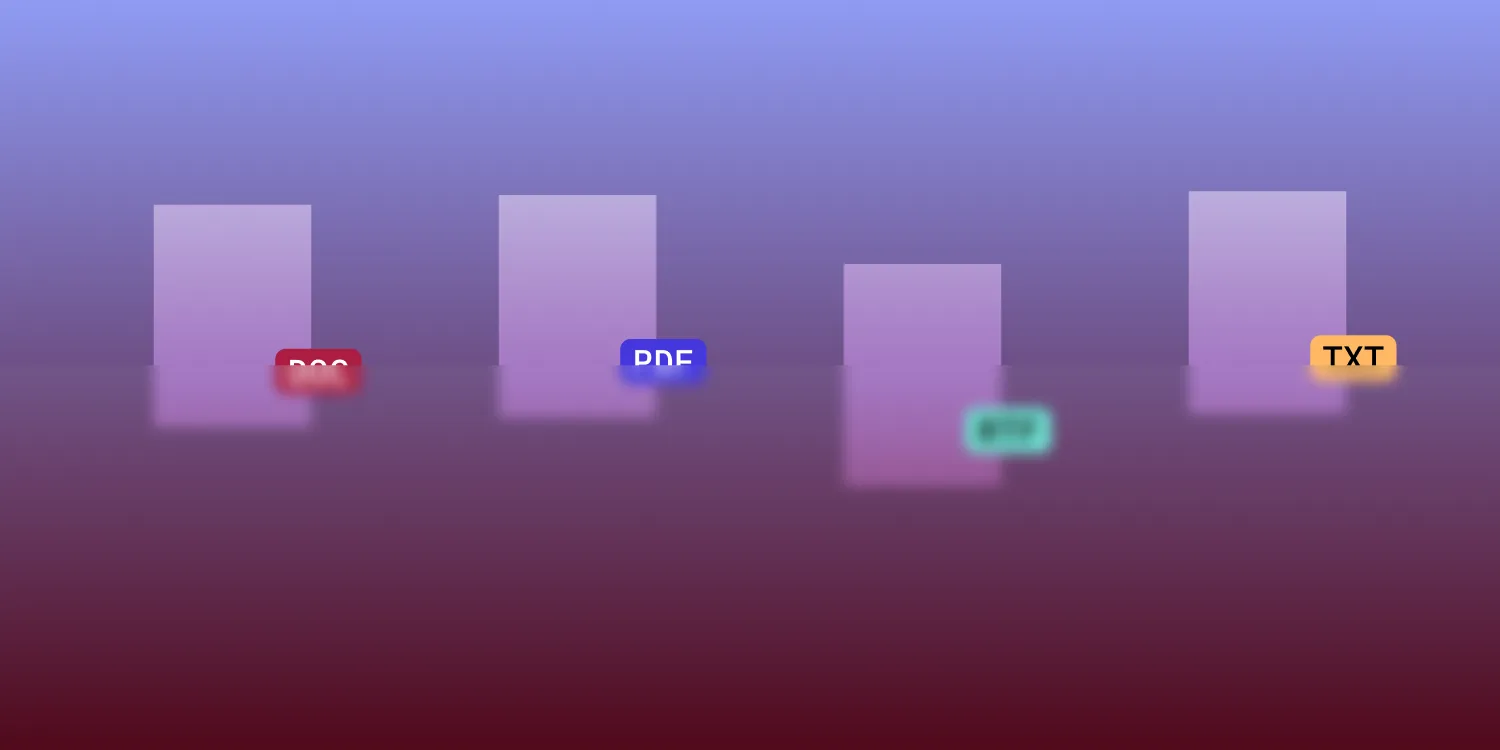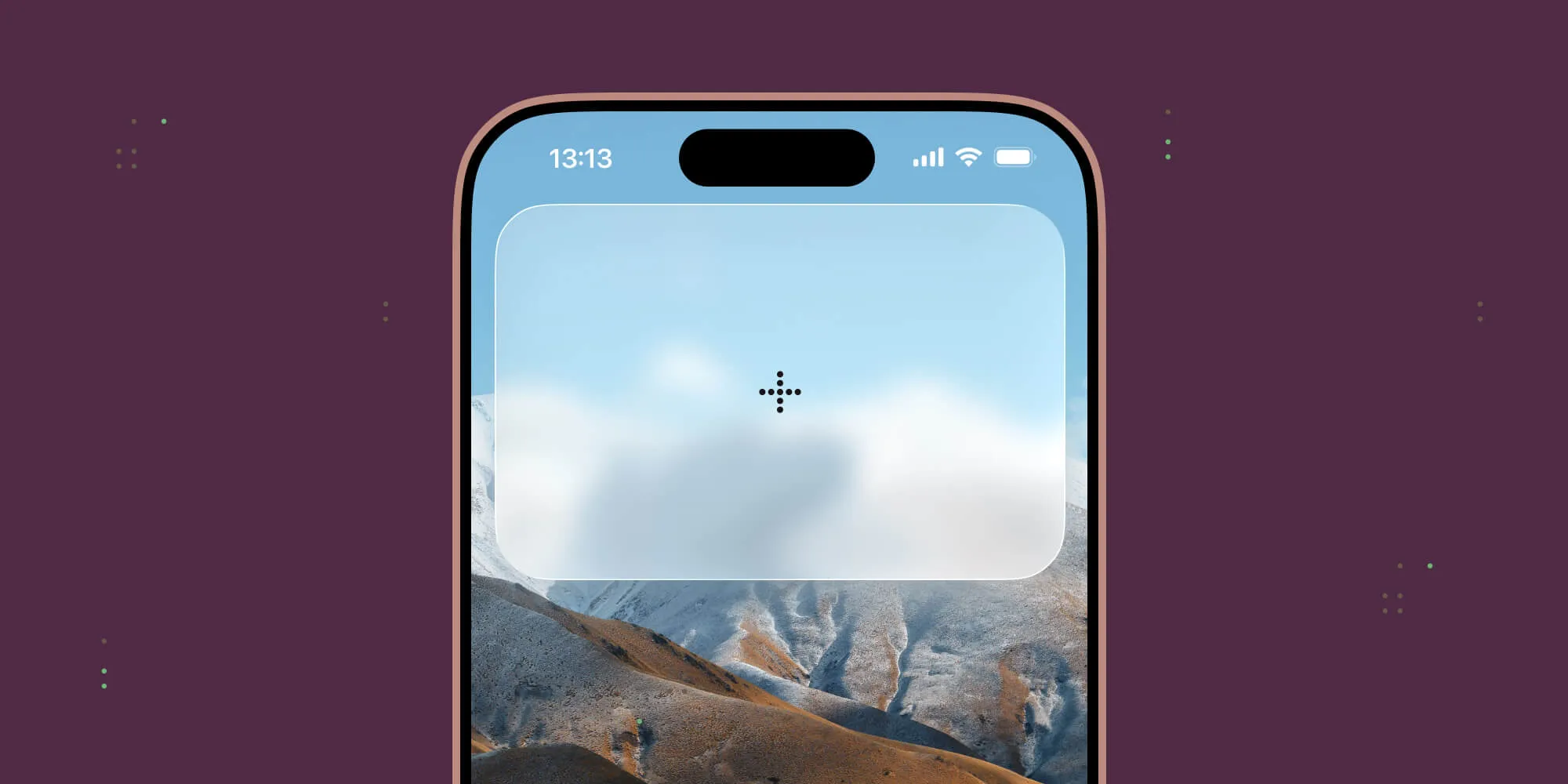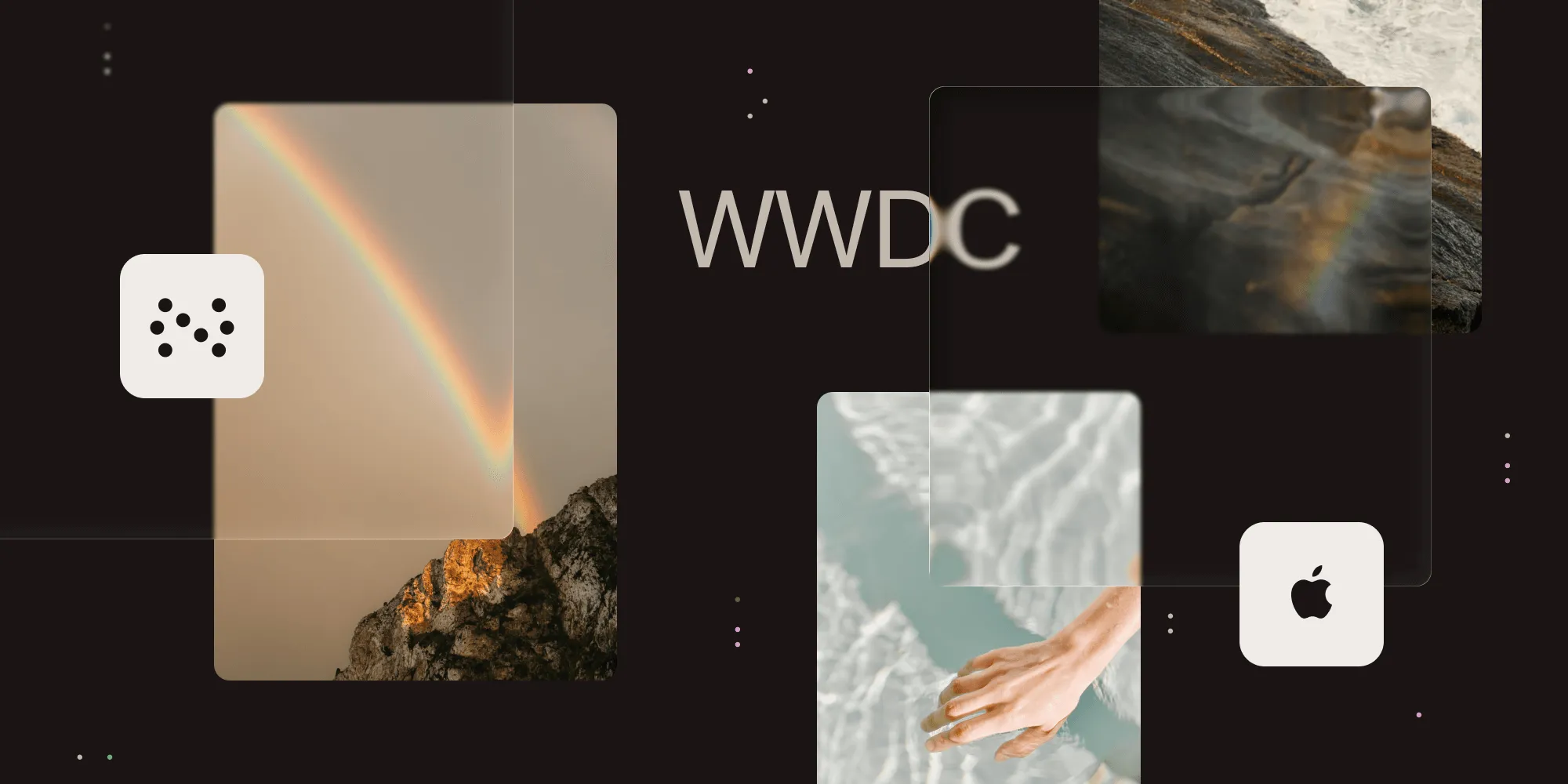The shift away from traditional file types
Table of contents

In the earlier days of personal computing, one of the essential knowledge areas was understanding file types. A document might be a .doc, .pdf, .rtf, .txt, or a plethora of other formats, each with its unique capabilities and limitations. However, in our brave new world of digital connectivity, these traditional file types seem to be fading into the background, largely unnoticed by younger, tech-native generations.
Background: The old guard
When we rewind to the inception of personal computing, file extensions were crucial: They defined the parameters of your digital interactions. A .doc file opened in Word, an .xls file opened in Excel, .jpeg and .png files were images, and .pdf was your best friend for documents designed to look the same on any device.
These familiar suffixes became part of the digital lexicon. They told us not only which program we needed to use, but also what we could expect from a file. We knew that a .docx would contain text, a .jpeg was an image, and an .mp3 was sound. This practical system helped us manage our increasingly digital lives and allowed software developers to create specific applications to handle these file types.
New expectations: The tech-native generation
Fast forward to 2023, where the younger generations — those who have grown up with a tablet, smartphone, or some other form of a smart device in their hands — are viewing these traditional file types with an air of antiquity. The reason? They’ve been raised in a world where file types are largely inconsequential to their user experience.
Today’s digital natives expect a seamless, integrated experience. They want to tap a file and have it open, regardless of its “type.” They need to create, share, and consume without having to worry about the technicalities of file extensions. They care more about the space they’re interacting within — be it an iPhone, an iPad, or a web application — than the files populating that space. They want it fit for purpose and they want it to work — simple, right?
Two major transformations are behind this shift: the rise of cloud-based applications that can handle diverse file types, and the pervasiveness of smart devices.
The power of cloud-based applications
Cloud-based applications have redefined our interaction with various file types. Platforms like Google Docs, Dropbox, OneDrive, and Microsoft 365 have become the norm, each offering environments where we can create, collaborate, and share without ever having to consider the file type.
When you upload a file to Dropbox, for example, it doesn’t matter whether it’s .docx, .pdf, .pptx, or even .jpeg. Dropbox can open it, preview it, and in many cases, let you edit it directly in the browser. The app takes care of compatibility and conversion issues, providing a seamless experience for the user.
When you create a new document in Google Docs, for instance, you don’t have to decide whether it should be a .docx, .rtf, or .txt file. You just create. And when you share that document, the recipient doesn’t need to worry about having the right software to open it — they just need a web browser.
This ability to handle a plethora of file types within a single application has significantly reduced the user’s need to understand and manage file extensions.
The age of smart devices
Today’s smart devices are designed for simplicity and ease of use, and this design principle extends to file management. Apple’s iOS and Google’s Android — the two most popular mobile operating systems — largely abstract away file types.
When you take a photo on your iPhone, you don’t need to know if it’s a .jpeg or .heic. You just see your photo. Similarly, when you download a file, your device knows which app to use to open it. This invisibility of file types has given the user a seamless experience, focusing more on the content rather than the medium.
Looking forward
While file types might not be as conspicuous in our daily interactions, they still absolutely underpin the digital architecture around us. However, the way we engage with them is undoubtedly changing. The future lies in further abstraction, with intelligent systems understanding our needs without explicit direction.
As our digital spaces continue to evolve, they’ll be increasingly tailored to our individual preferences and behaviors. The expectation will be for technology to adapt to us, rather than us adapting to it.
In conclusion, the decreasing prominence of file types for the end user is a sign of our digital landscape’s evolution. It suggests that our tools and technologies are becoming more intuitive, smarter, and more attuned to our needs and expectations. We are transitioning from a tech-centric model to a human-centric one — a shift that has and will continue to redefine personal computing as we know it.







